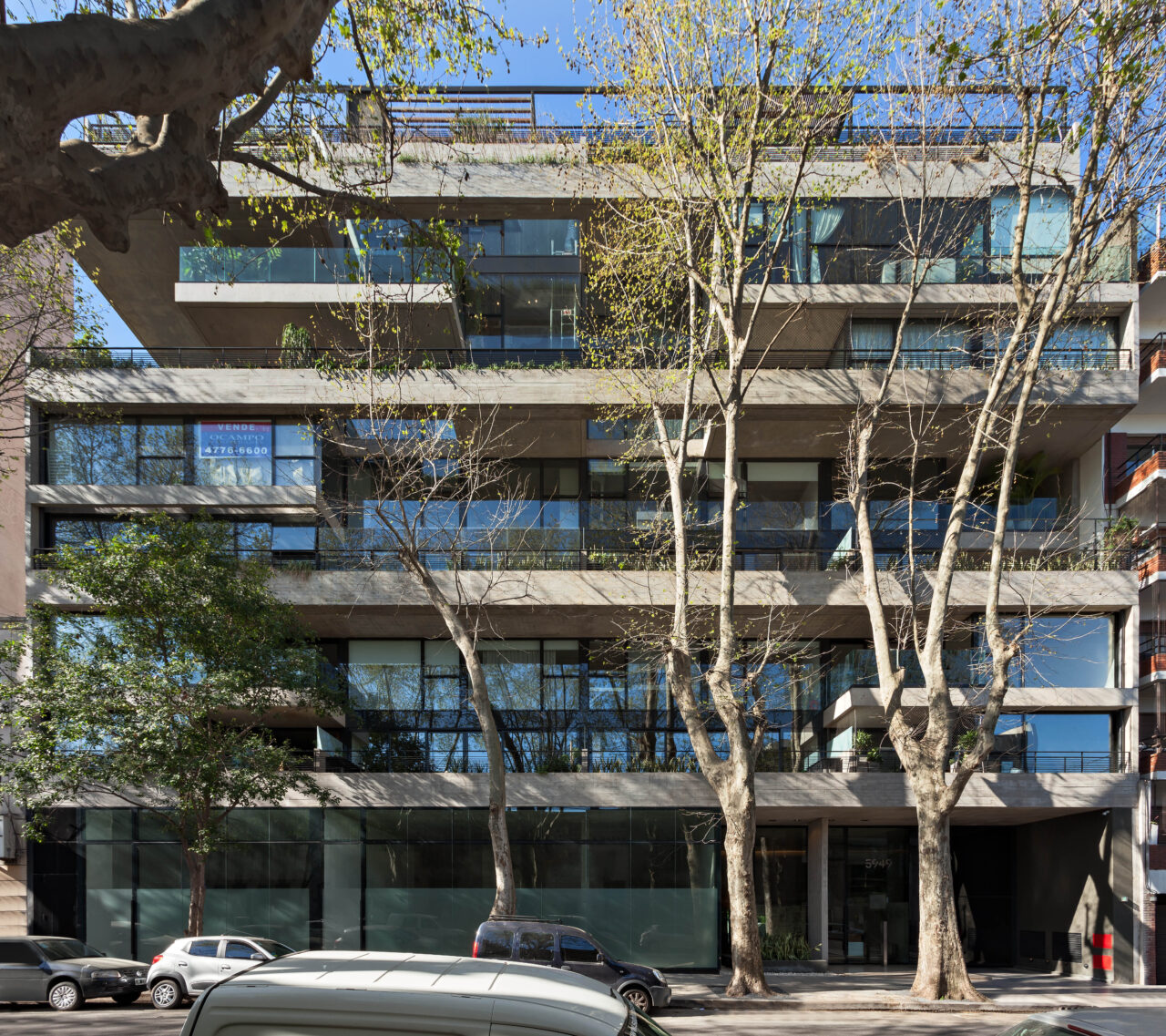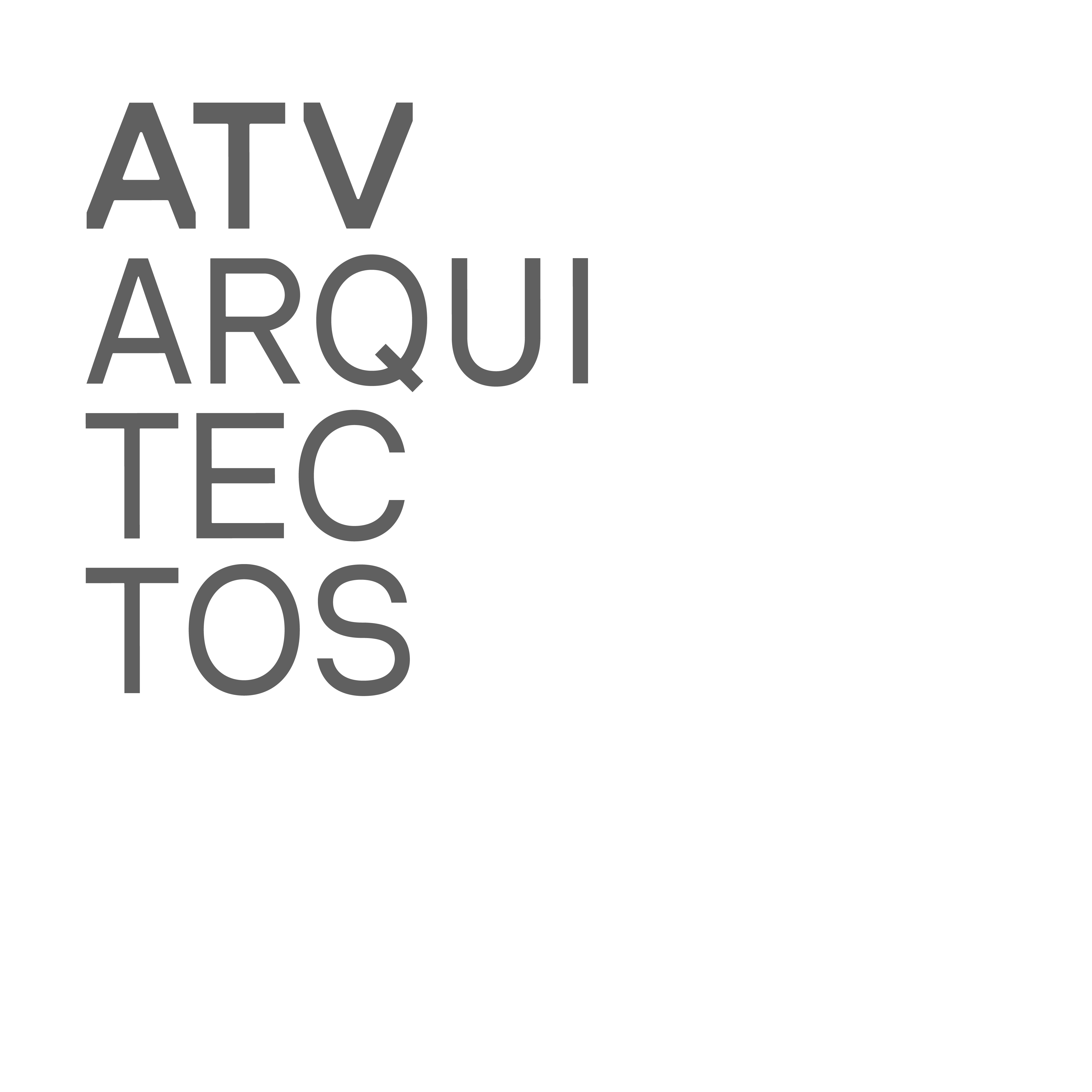Platinum Winner of the International Architecture & Design Awards 2024
Architect / Designer:
Arch. Federico Azubel, Arch. Ignacio Trabucchi, Arch. Walter Viggiano
Studio:
ATV Arquitectos
Design Team:
Project Team: Arch. Damián Parodi – Arch. Florencia Fernandez – Arch. Guadalupe Pinazo – Arch. Natalia Pereyra
Project Manager: Arch. Pablo Macchi
Construction Manager: Arch. Diego Bazzigalupi – Arch. Facundo Martinez
Copyright:
Ph. Albano García
Country:
Argentina
The environment as a political action
This project delves into the intricate relationship between materiality and architectural structure while simultaneously addressing contemporary living modes and contextual considerations. Rather than conforming to detached tower typologies permitted by the Urban Planning Code, the approach here emphasizes the completion of the block, respecting the neighborhood’s identity and enhancing its existing qualities.
Architectural material structure
At its core, the architectural structure is characterized by a sophisticated geometric framework that not only delineates habitable spaces but also serves as a mediator between the interior and exterior realms. Notably, the inclusion of four one-meter-high beams, spanning every two levels, plays a pivotal role in defining distinct programmatic zones within the building. This deliberate design choice not only blurs the scale of the structure but also fosters a nuanced dialogue with the surrounding built environment, which comprises predominantly low to medium density structures.
Furthermore, the incorporation of centrally located green courtyards serves to connect the project’s various units while simultaneously fostering a sense of continuity between the interior and urban spaces across different elevations. These courtyards not only provide much-needed green spaces within the urban fabric but also serve as focal points for social interaction and communal activities, thereby enriching the overall living experience.
The process of contemporary habitation
If multi-family housing projects lead to an apparently undifferentiated repetition, the question within the framework of our design work would be: How can we construct the identity of the other’s space so that sameness doesn’t hurt?
Embracing the ethos of contemporary habitation, the design prioritizes individual identity within a collective framework. Vertical houses, as proposed in this project, offer diverse spatial experiences, allowing for controlled transformations to accommodate the evolving needs and preferences of the inhabitants over time. By alternating the arrangement of these houses, intermediate spaces are created, which seamlessly integrate internal courtyards and effectively merge the public and private realms.
Crucially, all these design interventions are executed within a meticulously defined architectural framework that not only celebrates diversity but also seeks to define individual identity within a network of interconnected spaces. Through this approach, the project aspires to transcend the conventional boundaries of multi-family housing, offering a holistic and inclusive living environment that fosters a sense of belonging and community amongst its residents.
ATV Arquitectos
ATV Architects designs spaces, builds experiences, elevates and transforms environments to improve the quality of life of those who inhabit them.
In 20 years of work ,the studio has 22 completed projects to date and another 4 in progress or nearing completion, with buildings of small, medium, and large scale of up to 35,000 square meters.
Additionally, it has received national and international awards in more than 18 architecture competitions and awards for completed projects.



